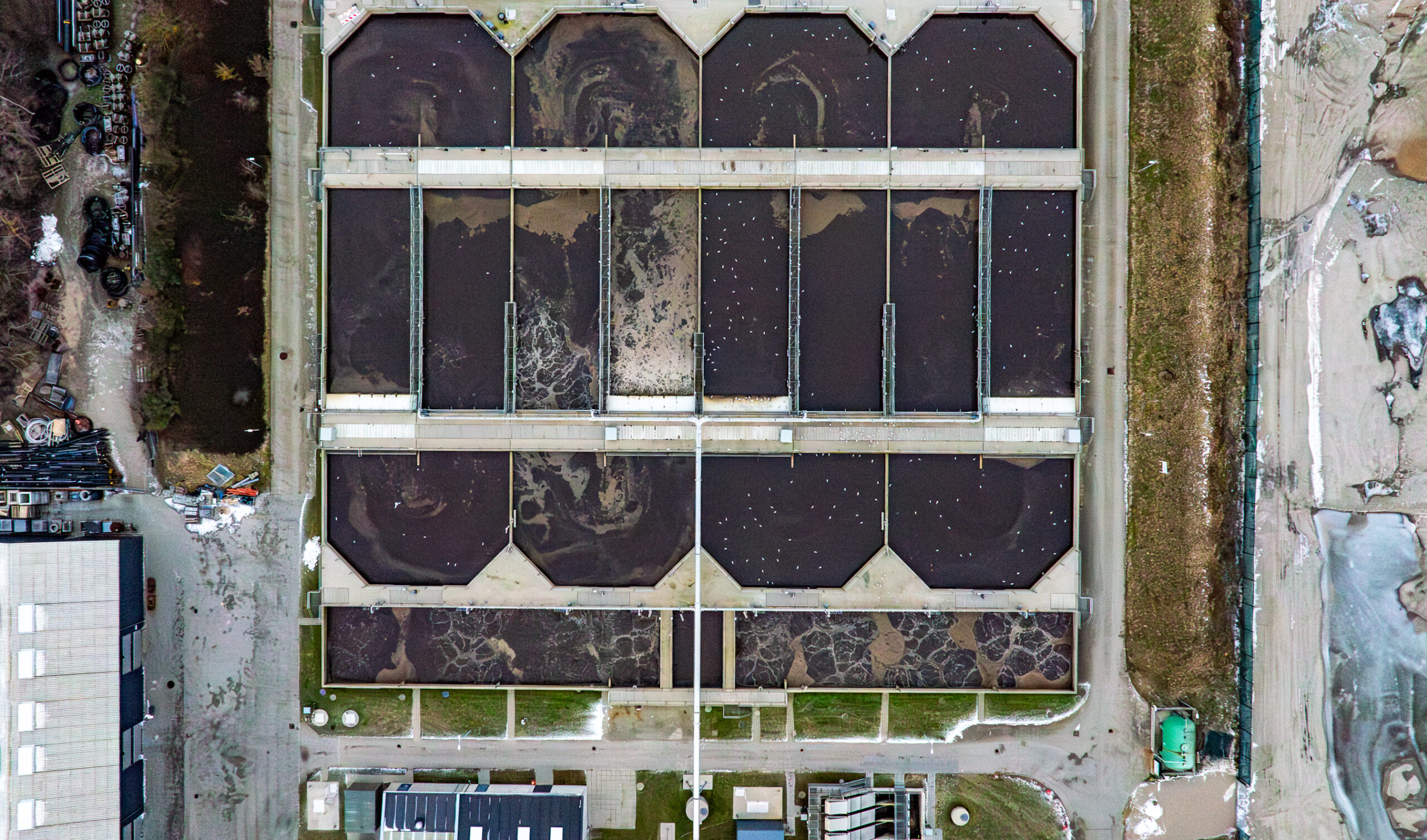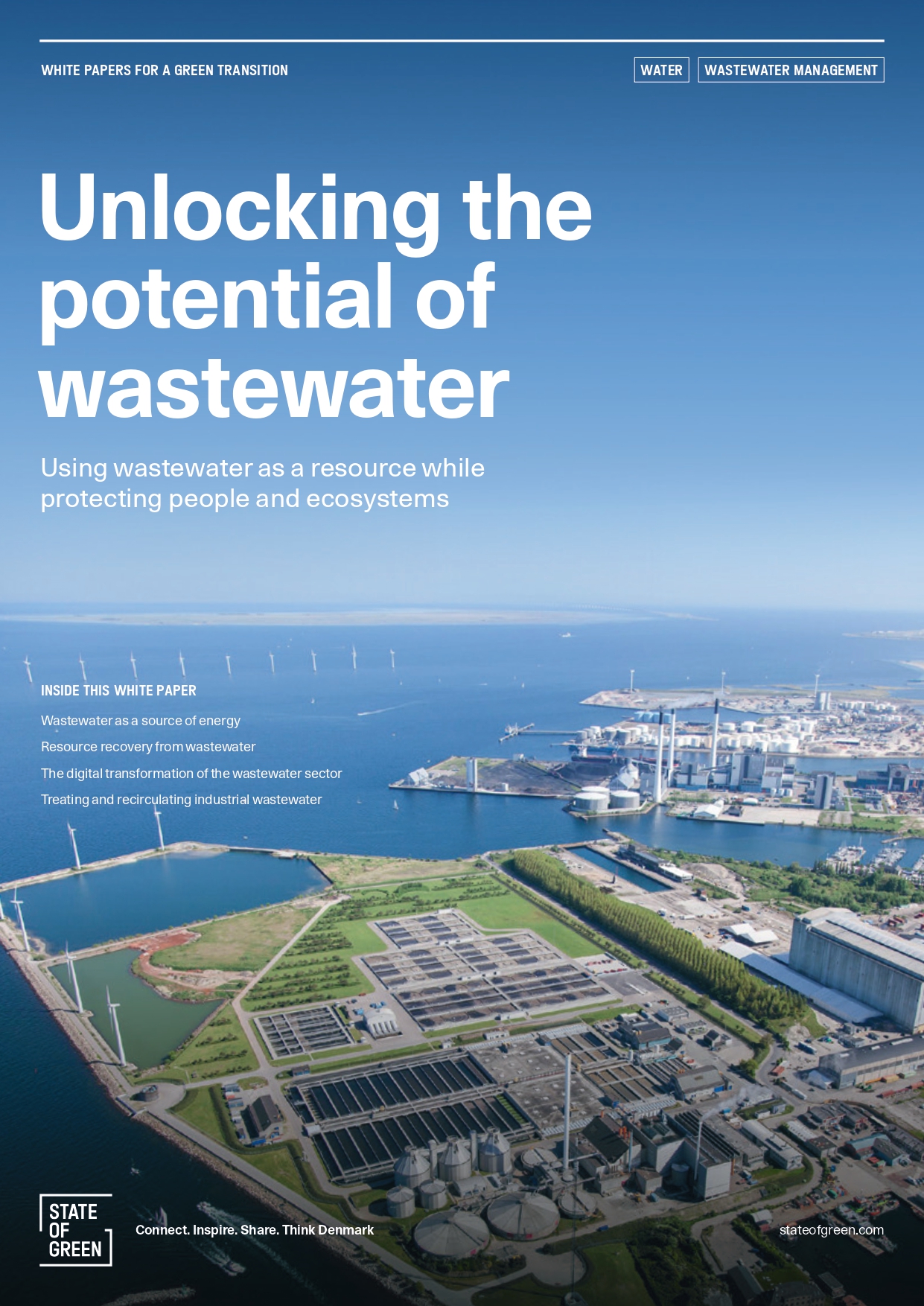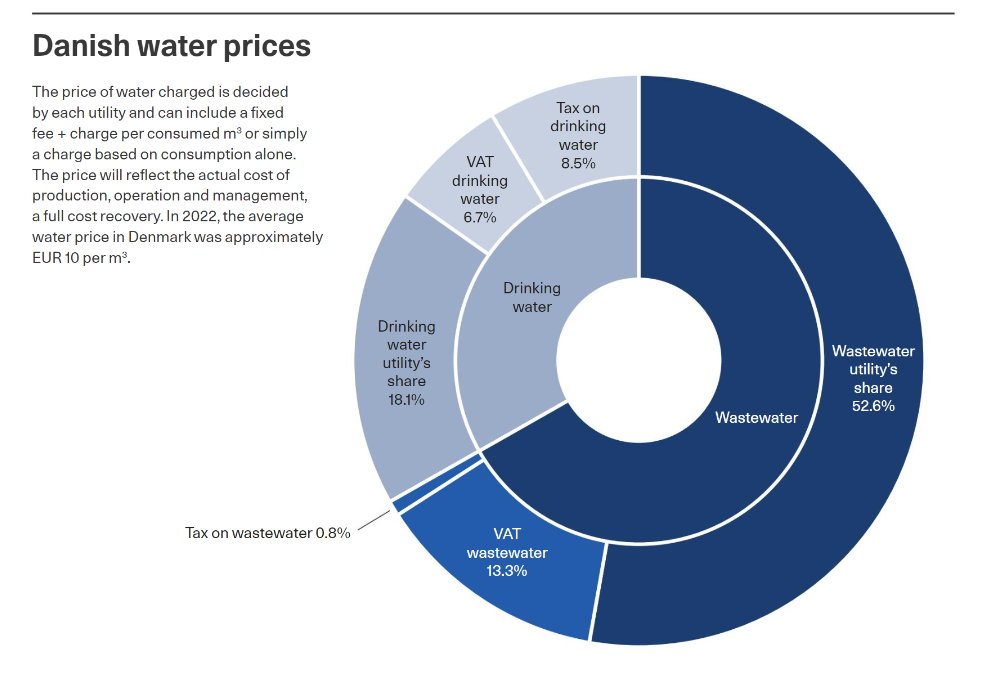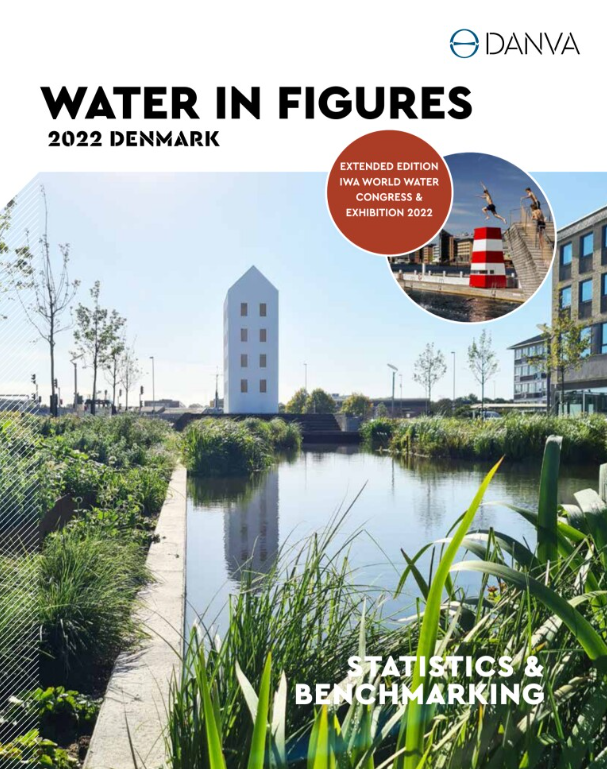Download our publication on unlocking the potential of wastewater
Discover our white paper on how to use wastewater as a resource while protecting people and ecosystems.
Explore the publicationPerspective
Water management
Wastewater management
Water resource management

Kalundborg Forsyning


Discover our white paper on how to use wastewater as a resource while protecting people and ecosystems.
Explore the publicationAs the only country in the world, Denmark’s water supply is 100 percent groundwater based. Relying on a groundwater model places high responsibility and requirements on effluent water and, therefore, on the Danish wastewater treatment plants and how wastewater is treated and cleaned. In 2022, 95.7 percent of all wastewater in Denmark was subject to full biological treatment. 600-800 million cubic meters of wastewater runs through Denmark’s more than 700 wastewater plants annually, where approximately 90 percent of nitrogen and phosphorus is removed before the water is led out into nature. Wastewater treatment is the cost-heavy part of the water cycle in Denmark, where the cost is reflected in the price of water.
Water and wastewater services are in many countries considered public goods paid for by government funds. However, in Denmark and other EU member states, the ‘polluter pays principle’ is applied to both domestic and industrial users. This requires that the costs of wastewater collection and treatment are funded through water tariffs. To complement the existing regulatory framework, a discharge tax has been implemented that places the burden on the polluter – in this case, the wastewater treatment facility. This means that the polluter must pay a tax for every kilogram of discharge for the three main parameters: organic matter (BOD), phosphorus and nitrogen. The result has been a very innovative and progressive optimisation strategy for the water sector in Denmark, which now can be expected to be pushed even further by the private sector with the revised EU Urban Wastewater Treatment Directive.
Centralising wastewater treatment has proven to be a cost-efficient approach in many regions, increasing the efficiency and surplus of heat and energy production. In Denmark, 50 percent of all wastewater is treated at just 31 centralised plants.
These facilities enable significant reductions in operational costs, particularly through decreased labour, maintenance and expenses, and improved energy efficiency. In densely populated areas, larger centralised treatment plants are optimal, supporting the demand for energy self-sufficiency and resource recovery. Conversely, rural areas benefit from decentralised, low-technology solutions. However, rapid urban growth and water scarcity are prompting innovative solutions, such as compact treatment units and membrane technologies, which are becoming competitive for smaller communities.
Denmark’s experience highlights the advantages of centralisation, including advanced treatment opportunities like energy-efficient processes and phosphorus recovery. These sophisticated technologies are feasible and cost-effective at larger plants, underscoring the economic benefits of a centralised approach to wastewater treatment.
The price of water charged is decided by each utility and can include a fixed fee+ charge per consumed m3 or simply a charge based on consumption alone. The price will reflect the actual cost of production, operation and management, a full cost recovery. In 2022, the average water price in Denmark was approximately EUR 10 per m3.


Download the latest report from Canva and discover statistics and benchmarks from the Danish water sector.
Discover the reportNews
Energy efficiency in buildings
+22